Types of Rattlesnakes in Our Area
Rattlesnakes are prevalent in Southern California—including around Temecula. Rattlesnakes become more active in spring as the weather warms up, but isn’t too hot. Although the season for rattlesnakes is spring until the really hot days of summer, Californians—and their pets—should always be on the lookout for these venomous reptiles. Click here to see and hear a rattlesnake.
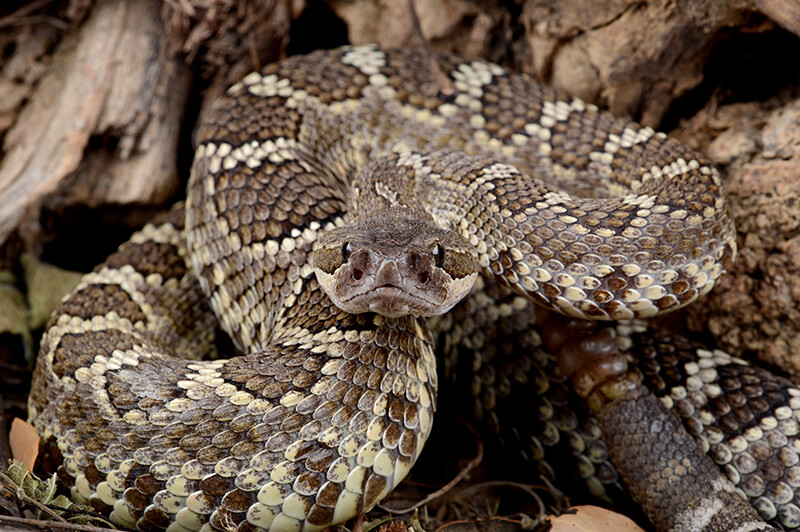
Southern Pacific Rattlesnake
Crotalus oreganus helleri
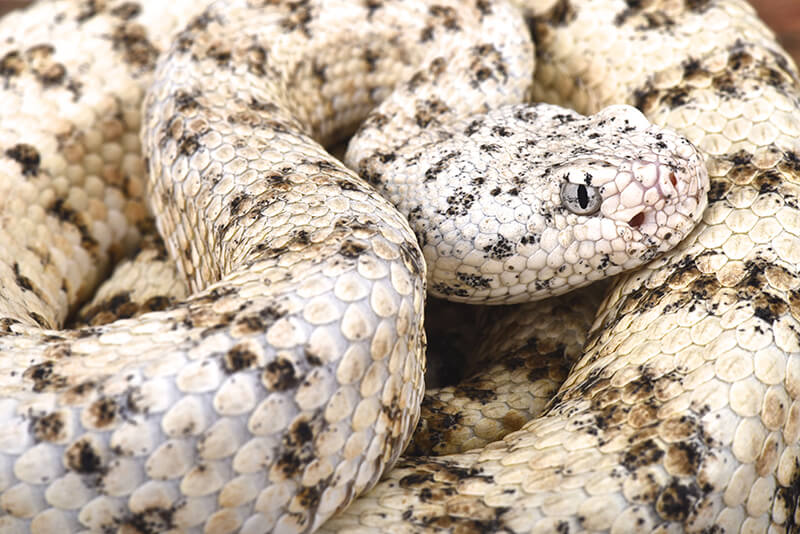
Southwestern Speckled Rattlesnake
Crotalus mitchellii pyrrhus
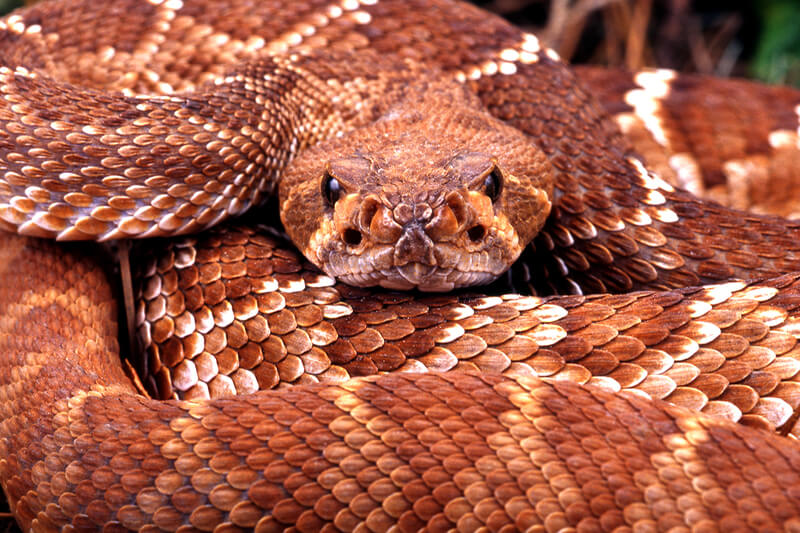
Red Diamond Rattlesnake
Crotalus ruber
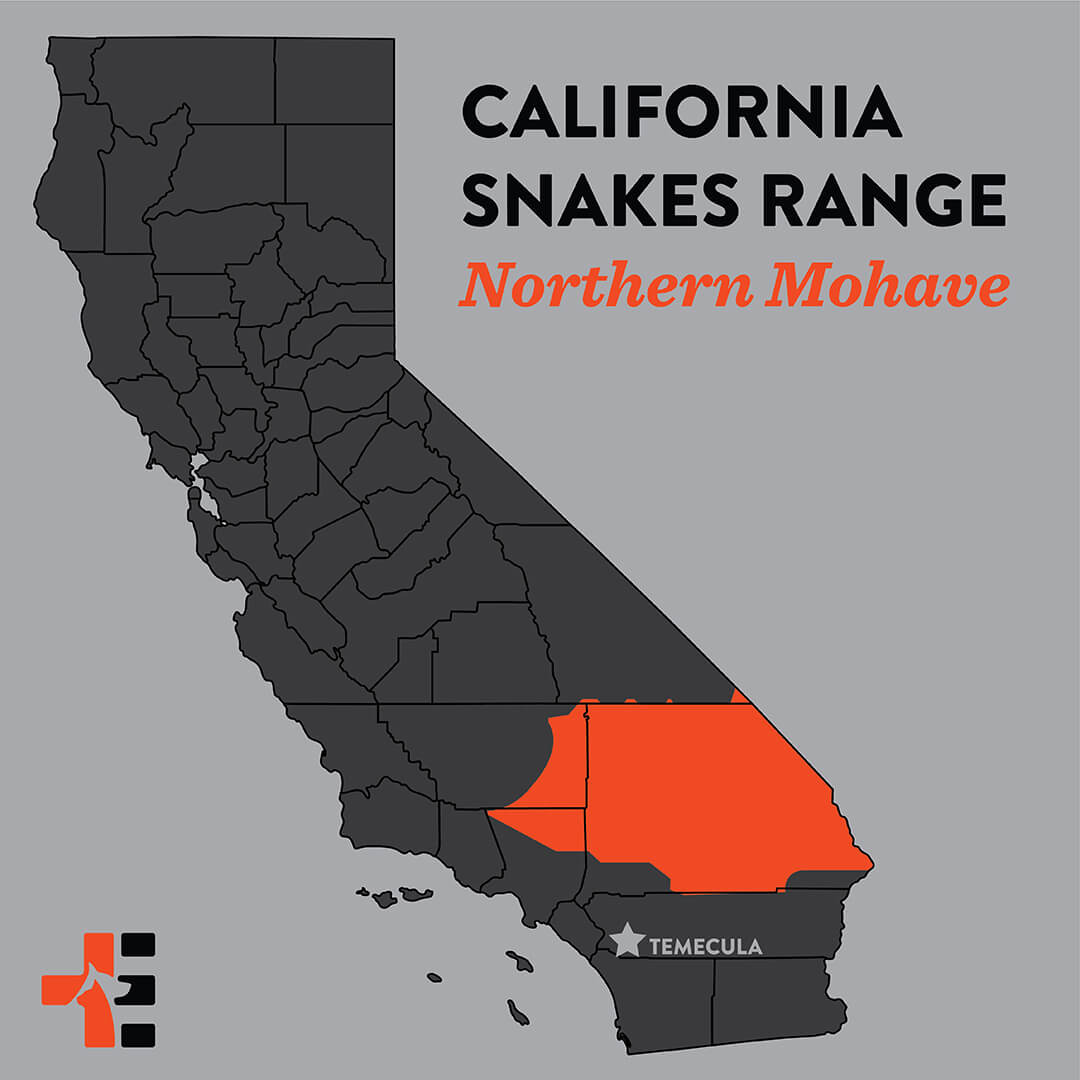
Snake Species Outside of Our Area
There are a wide variety of rattlesnakes in California, and two of these, the Northern Mohave and the Western Diamondback are outside our area.
However, if you enjoy hiking and outdoor activities you should know about these snakes, and their habitat.
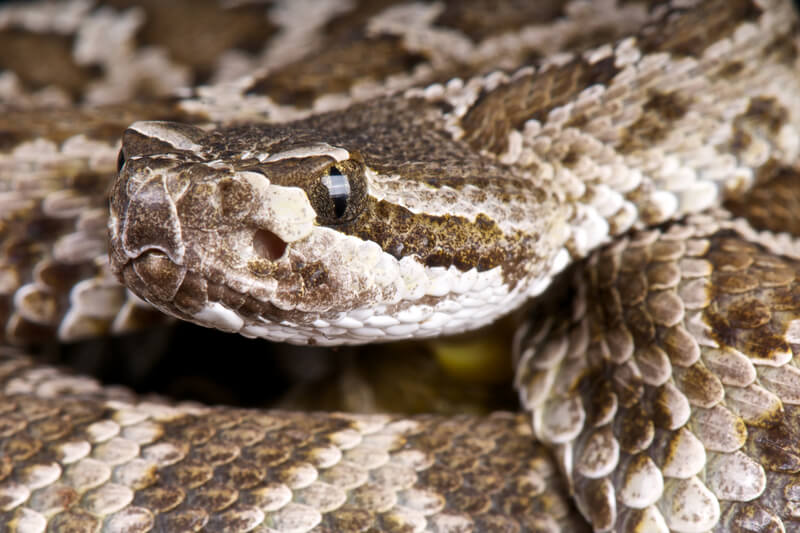
Northern Mohave Rattlesnake
Crotalus scutulatus scutulatus
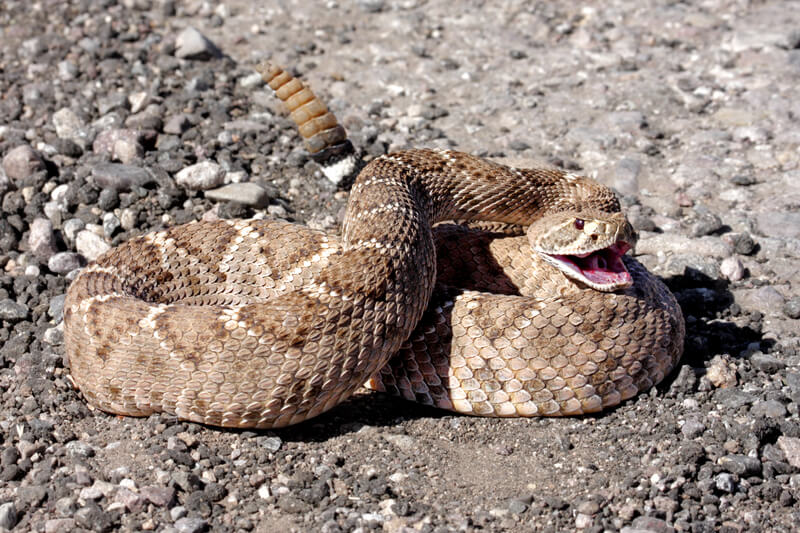
Western Diamondback Rattlesnake
Crotalus atrox
Is it a Rattlesnake?
The most obvious way to know if a snake is a rattlesnake is the rattle on the tail. However, many young rattlesnakes don’t have a rattle yet so it’s important to treat every snake bite as venomous and seek treatment right away.
Venomous snakes also have triangular heads, pits on both sides of their head, and have a wide variety of coloring and markings to help them blend into the environment.
If you encounter a snake and are bitten, get to safety right away and seek treatment. Don’t attempt to identify the snake, or kill it. Antivenom can be given that will treat bites from many rattlesnake types.
What does a Rattlesnake Sound Like?
Safety Tips to Avoid Rattlesnakes
Rattlesnakes are found in a variety of habitats including in areas close to open spaces, but can also be found around homes and yards—even golf courses. It’s important to be aware of your surroundings because rattlesnakes don’t always rattle before they strike.
Snakes do like the heat—but not too hot. They will tend to be more active mid-morning in the spring and in the summer, they will be more active at dawn and dusk. Be careful when doing outdoor activities during these times of the day. Below are some safety tips from the State of California Fish and Wildlife Department.
Hiking & Rural Outdoor Safety Tips
- Keep your dog on a short, non-retractable leash when hiking in snake country. Dogs are curious and can accidentally get too close to a hiding snake. If your dog is bitten, follow these steps.
- If you’re hiking or working in the brush, wear sturdy boots and loose-fitting long pants. Avoid wearing sandals or flip flops.
- Hikers should stay on well-used trails and avoid going in into the weeds or tall grass.
- Don’t stick your hands or feet into holes or places you can’t see. You might unwittingly step on or near a rattlesnake that is trying to hide.
- Always hike with a friend.
- Rattlesnakes can swim. Don’t grab “branches” or “sticks” that may actually be snakes.
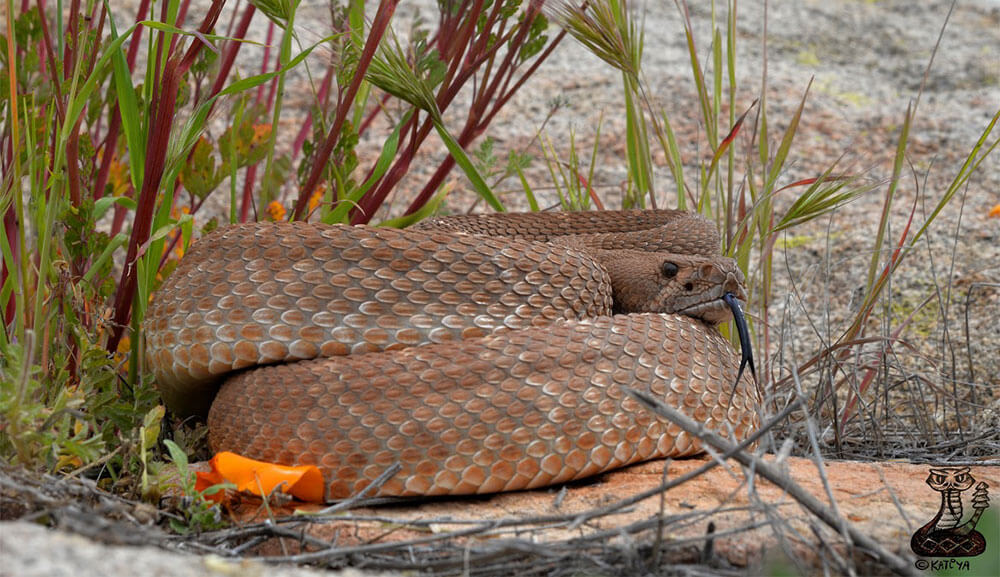
Home Safety Tips
- Children should not wear flip-flops if they are playing outside.
- Keep your yard well-maintained and avoid piles of materials such as wood, or bricks.
- Consider removing low-lying bushes and plants because snakes feel secure underbrush.
- Minimize the areas of shade in your yard.
- Keep rodents under control to avoid providing a food source for rattlesnakes.
- Be careful with stepping into doorways as snakes can hide up under the thresholds.
- Replace any leaking hoses or faucets as snakes are attracted to water sources.
- Set up a rattlesnake-proof fence to go outside your regular fence. These fences are solid or with mesh no larger than ¼ inch. These fences should be at least three feet high and the bottom should be buried a few inches in the ground. The fence should be slanted outwards at a 30-degree angle. Keep vegetation and rocks cleared from the fence.
Treating Rattlesnake Bites
Few hospitals treat more rattlesnake bites than EPIC Vets. We are a highly trained fully equipped veterinary hospital and we are here for you in the unfortunate event your pet encounters a rattlesnake. Our team is led by a critical care specialist who has not only published a paper on spider envenomation but is active in the study and natural history of rattlesnakes.
You can find out more about our doctors on our Meet the Team page.



